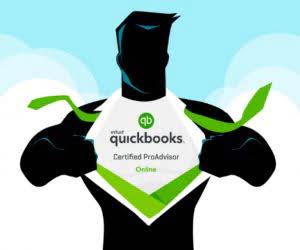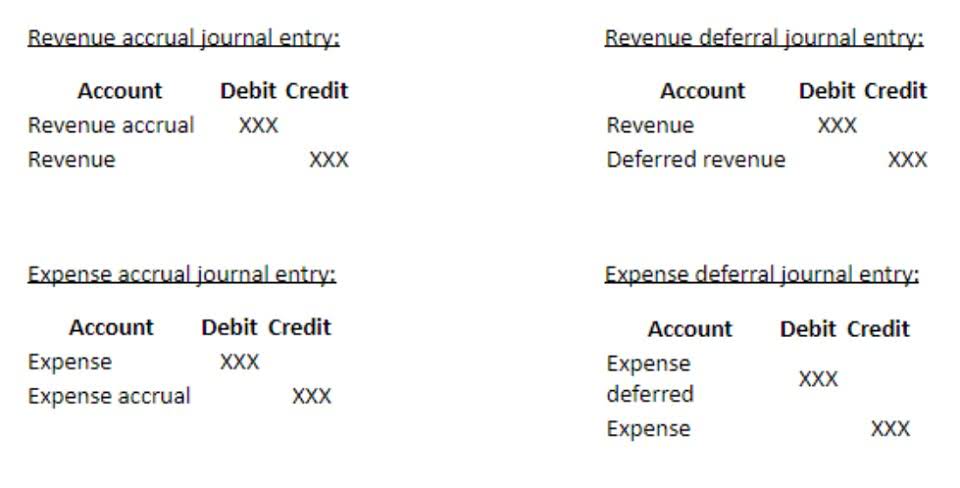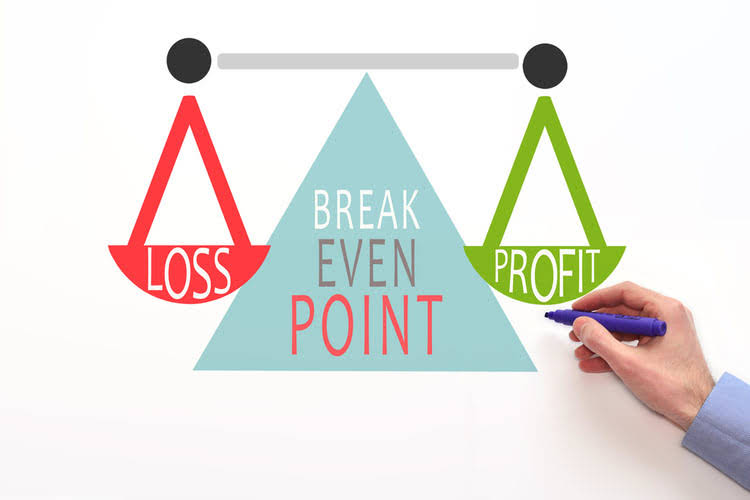When you understand your DOH and can anticipate provide chain difficulties, you can keep away from stockouts and overstock. Many manufacturers implement a perpetual stock valuation method for real-time stock records. Wanting at common stock is an efficient approach to get a common concept of how much stock a company has. You can prolong this formula to cowl longer periods, like including up the stock on the finish of every month in a yr and dividing it by 12. You can have a look at smaller timeframes, like examining a single month by taking a listing at the month’s starting and the month’s end and dividing it by 2. Regardless of the method used, average inventory provides useful information you need to use for business-critical choices.
Be Taught financial assertion modeling, DCF, M&A, LBO, Comps and Excel shortcuts. Moreover, the company’s COGS are anticipated to grow each year days to sell inventory at a relentless 5% development price year-over-year (YoY). CFI is the global institution behind the financial modeling and valuation analyst FMVA® Designation. CFI is on a mission to enable anybody to be a great financial analyst and have an excellent career path.
Inner groups take a extra granular strategy to stock, looking at individual products and SKUS. Maintaining your DOH low can help to make sure that clients always have the products they need in stock. Days of inventory readily available is a key metric that investors use to judge companies. A low DoH may appeal to traders who are on the lookout for companies which are environment friendly in managing their inventory. Days of stock readily available can even help you avoid stockouts and overstocking.
So, as you presumably can see, there are various methods you have to use common inventory calculations to learn your corporation. Contemplate retail large Walmart Inc., which reported an ending inventory of $43.seventy eight billion and value of goods offered of 373.4 billion for the accounting period ending in 2018. Often, the inventory is recorded in the assertion of economic place (balance sheet), while the COGS is recorded in the annual financial assertion.
Uninterested In Inventory Mismatches? Learn How To Simplify Inventory Reconciliation With Automation In 2025
Learn to keep clients proud of fast, correct, and reliable achievement. A group of achievement fanatics who care about our clients’ companies like their own. We see things from our customers’ perspective, and have the ensures to prove it. Nonetheless, in apply, the ending steadiness of inventory is commonly used for the convenience factor. Entry and obtain collection of free Templates to assist power your productivity and performance. Whether Or Not you employ the first or second version, the cost of items offered remains constant.
What Is An Efficient Stock Days Number? Benchmarks By Business
For this instance, let’s say your starting inventory was $72,000, and your ending inventory was $87,000. A few challenges include using the typical inventory cost formulation to worth inventory. There are a few methods you need to use the results of your common inventory calculations. General, common stock is a helpful tool for businesses of all sizes.
- There are several methods that firms can use to enhance their inventory days readily available.
- This metric is often used to outline how lengthy a product has been on the shelf before it should be offered or repurchased.
- In Any Other Case, you might not get an correct image of your company’s inventory ranges.
- You in all probability want to promote by way of your inventory of clothes every season, if no more typically.
- Days of inventory on hand are calculated by dividing the typical stock by the every day gross sales.
On the other hand, when you promote a durable product, your stock turnover ratio will most likely be decrease. The proven truth that washing machines, for example, sell more slowly than the latest trend doesn’t mean you’re doing something wrong. Your business might require a larger capital funding to maintain the correct amount of stock available.
However, the projected stock balances are equivalent beneath both approaches, as confirmed by our accomplished mannequin. On the job, it is way more widespread to see models that project stock utilizing the DIO method (often denoted as “Inventory Days”) than based mostly on turnover days. The change toggle in the high proper corner cycles between the two methods to forecast the stock stability. Subsequently, the corporate requires roughly ~73 days to filter out its stock, on average. An improve in an working working capital asset, such as inventory, represents an “outflow” of cash.
Inventory takes up one of the largest portions of operational capital, so it’s essential https://www.online-accounting.net/ that it is managed wisely. By finding the number of days that an organization holds its inventory earlier than promoting it, the DOH metric determines the average period that money is tied up in inventory. Days of Inventory on Hand (DOH) is a metric used to determine how quickly an organization makes use of the average stock available at its disposal.
Extra inventory refers to the inventory that is still unsold at the finish of an accounting interval. The days of inventory on hand (also referred to as Days Stock Outstanding) is one of the key performance indicators that measures the variety of days it takes to sell the inventory. Days of inventory readily available (doh) is a metric used to measure the number of days that a company takes to promote its inventory.


















